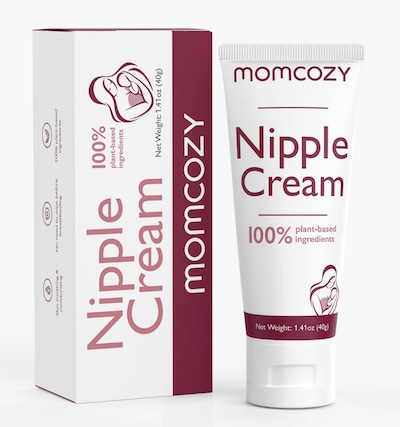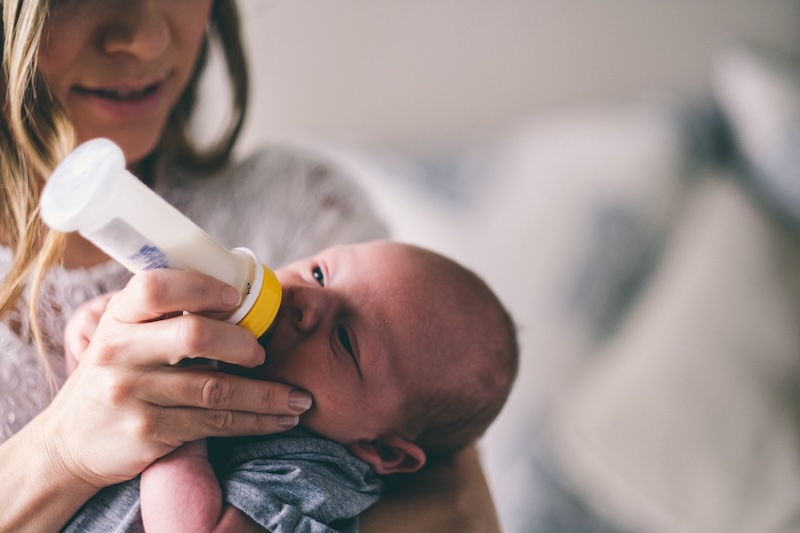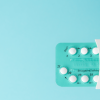Why Are My Nipples Crusty After Pumping? Understanding, Treating, and Preventing Dryness.
Nursing and pumping can be hard yet beautiful at the same time. Giving your baby the much-needed nourishment is a wonderful feeling but along the journey, your body might go through some changes like nipple dryness, flaking, or even crusting. If pumping is giving you crusty nipples, you are in good company. A lot of mothers go through this, particularly during the initial days of milk lactation or after several pumping sessions.

The positive side? It is usually an indication that your skin requires more moisturisation and not a serious health condition. In this article, we will discuss the factors behind nipple crusty, ways to ease and prevent dryness, also, when to contact the doctor — along with why a soothing nipple cream will have a great impact on your comfort and recovery.
What Causes Nipple Crust?
Crusty nipples after pumping are more common than people realize. The crust or flaking usually appears as white, yellowish or dry patches around the nipple or areola. Understanding the cause can help you find quick relief since several factors contribute to this condition.
Residual Breast Milk and Moisture
Dried breast milk is one of the most frequent reasons for crust to form. When milk leaks or stays on the skin, it can dry and form a thin crust over the nipple. This situation is harmless, but it can cause roughness and look like flakes.
Overwashing or Harsh Cleaning
Regular washing — mainly using soap or antibacterial cleansers — removes the skin’s natural oils. As a result, the nipple area becomes dry, and tight, and is at risk of flaking or cracking.
Friction from Pumping
Poorly fitting breast pump flange can lead to chafing and microtears, which might cause peeling and crusting as the skin tries to recover. Even mild suction can irritate sensitive skin if the fit or suction level isn’t appropriate.
Environmental Factors
The cold season, air conditioning, and lack of water can all make your skin—including the nipple area—more susceptible to dryness and crusting.
Immediate Relief and Gentle Cleaning
In the case that you are now suffering from the condition of nipples that are crusty or flaky, soft treatment could be the answer to the healing of both moisture and comfort.
Step 1: Clean Carefully
Stay away from cleansers and wipes that are alcohol- or fragrance-based. To be more specific, every time after you pump, rinse your nipples with warm water. It would be fine to also slightly pat the area dry with a clean towel or let it dry naturally.
Step 2: Nipple Soothing Cream Application
First, clean; then apply a super-thin coat of nipple cream that’s okay for a nursing mother. These creams act as a barrier that not only keeps the moisture in but also encourages healing. Here are some ingredients that you should look out for:
-
Lanolin – deep moisturizer and skin protector
-
Coconut oil – naturally antibacterial
-
Shea butter or olive oil – dry skin softener and soother
The consistent use of a nipple cream, especially post-pumping can go a long way in preventing the skin from flaking, crusting, and hurting, and at the same time keeping it soft.
Step 3: Allow Your Nipples to Air
Stop using snug-fitting bras and damp nursing pads, and thus give your skin a break. You can wear cotton but make sure it’s breathable and that you change the nursing pads often to keep moisture from building up.
Adjusting Your Pumping Routine
If your nipple crustiness keeps coming back, it may mean that you have to adjust your pumping routine. Here are the ways to ensure your setup is conducive to nipple health and comfort.
Flange Size Check
Using a flange that is either small or large can lead to friction and irritation. A small flange will pince the nipple in such a way that it will cut off blood flow to it. Whereas a large flange will cause the nipple to rub and stretch too much.
Suction Settings Adjustment
More suction does not equal better milk flow; in fact, it can hurt and traumatize the breast tissue. Pumping should not be done at a level that is painful at all. So, it’s best to use the low setting first and then slowly increase the power until it feels comfortable.
Apply Lubrication
Put a very small amount of nipple cream or safe oil on the pump flange before the suction starts to cut the friction between the nipple and the pump flange. This is a way of ensuring that the skin is not damaged through the sweating.
Pumping After Massage
A slightly long breast massage before pumping is effective in enhancing the milk discharge and also reducing the time necessary per session — thus meaning pumping for less time and causing less stress on the skin.
How to Prevent Nipple Crustiness
Generally, the best care is the one that prevents the problem when we are talking about pumping or breastfeeding nipples maintenance.
Keep the Area Clean, Not Dry
Gently clean with warm water without any soap and always pat the area dry. A small amount of natural oil coming from your skin is good, so don’t wipe too much.
Moisturise Regularly
Put a nipple cream on after every session of pumping or showering. It’s very important to be consistent so that the skin can be hydrated and protected.
Choose Breathable Clothing
Nursing bras made out of soft, breathable materials should be worn. The use of synthetic fabrics that trap moisture, which could aggravate dryness or irritation, should be avoided.
Stay Hydrated
Your skin gets its moisture from within, too. Make it a point to drink lots of water throughout the day, particularly while breastfeeding, to keep your skin elastic and to overall milk production.
When to Ask for Professional Help
Mild crusting is typically an easy home treatment, however, there are situations when it is better to reach out to a doctor or a lactation consultant.
You should seek professional advice if you experience:
-
Persistent areas that are red, swollen, or cracked
-
Discharge that is yellow or green and is not dried milk
-
Itching or burning sensation, particularly if shiny or flaky skin accompanies it (possible yeast infection)
-
Pain that keeps getting worse even with gentle care
-
A lump or hard area that does not go away after nursing or pumping
Timely consultation can enable you to get the correct treatment and thereby avoid further discomfort or complications.
Conclusion
Should you be curious about the cause of crusty nipples after pumping, just keep in mind that this is a typical, treatable problem mostly due to dryness, friction, or milk residue. Quick and healthy skin can be the result of minor changes in your pumping routine, proper cleaning and moisturising of the affected area, and using a good nipple cream.
Your breastfeeding experience deserves to be both easy and significant. The key is to listen to your body’s needs and treat your nipples with good care, then you will be confident, comfortable, and in touch with your baby throughout the journey.
Poppy Watt


